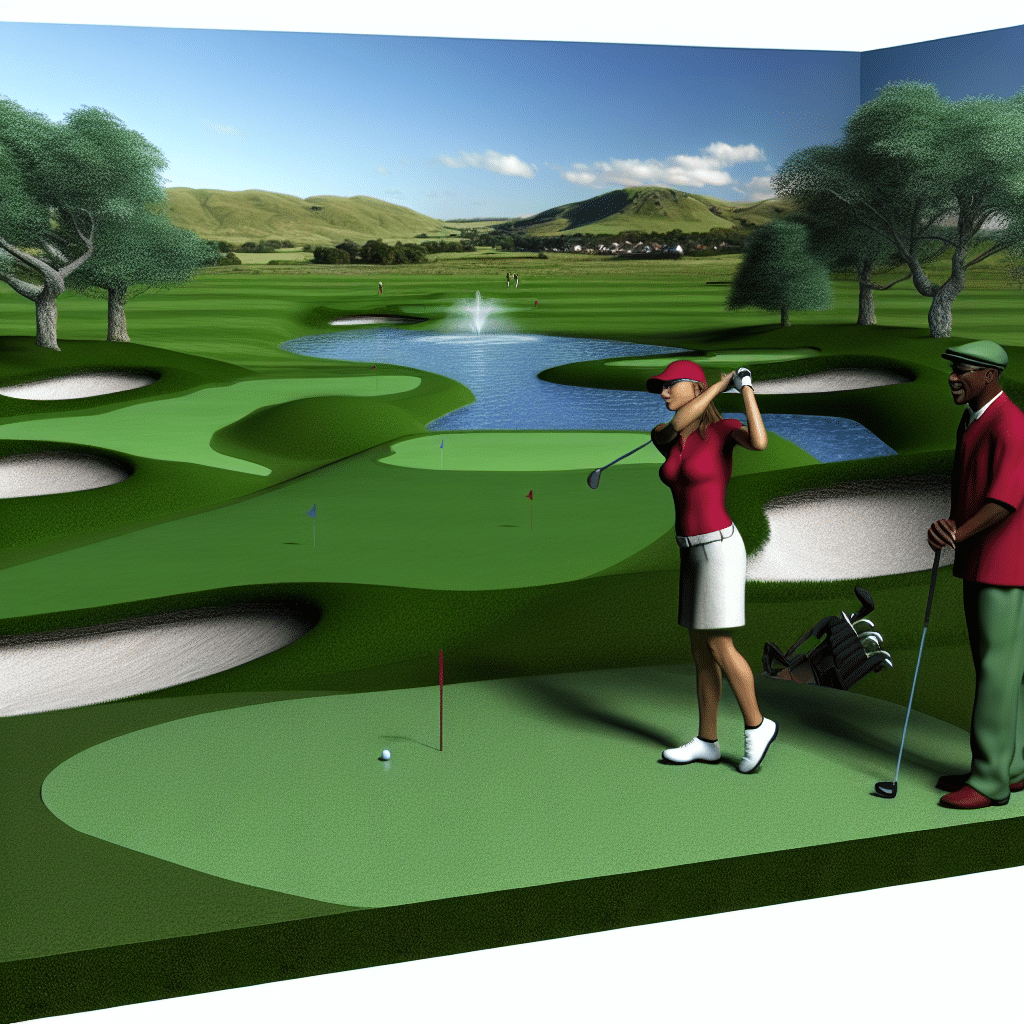For many golf enthusiasts, the golf ball is a critical part of the game that often goes unnoticed. Have you ever wondered what components make up your trusty golf ball?
Understanding the Complexity of a Golf Ball
Before diving into the details, it’s important to acknowledge that a golf ball is not simply a sphere made of rubber or plastic but a complex piece of engineering designed to optimize performance and durability. This becomes evident as we dissect the golf ball, layer by layer.
The Core
What Lies at the Heart of a Golf Ball?
At the heart of every golf ball is the core, usually made of synthetic rubber. The core forms the main structure of the golf ball and is primarily responsible for the ball’s distance potential. A solid core generally offers a greater distance but less control, making it a popular choice for amateur golfers.
Some golf balls feature a dual or multi-layered core which can help achieve a blend of distance and control. The inner core is typically softer and is designed to create more energy at impact, while the outer core is typically harder and meant to control the energy transfer.
What Functions Does the Cover Serve?
Encasing the core is the cover, commonly made from one of two materials: Surlyn and urethane. Surlyn, an ionomer resin developed by DuPont, is often favored for its durability and resilience. This material is more resistant to cuts and abrasions and enhances distance potential, making it a popular choice for beginner golfers.
On the other hand, urethane covers are softer, providing superior feel and control, particularly around the greens. This makes them the preferred choice for more skilled players, despite being prone to scuffs and cuts.
The Dimples
What Role Do Dimples Play in a Golf Ball?
The distinctive dimples found on a golf ball’s surface, usually between 300 to 500 in number, play a critical role in aerodynamics. The dimples create a thin boundary layer of air that clings to the ball’s surface, reducing drag and helping the ball to lift and maintain its flight for longer. Without dimples, a golf ball would only travel about half as far.
The Mantle Layer
What is the Purpose of the Mantle Layer?
Between the core and the cover, some golf balls feature one or more intermediate layers, collectively known as the mantle. This layer often has different material properties to help control spin, improve feel and promote distance. A firmer mantle layer can reduce spin for longer shots, while a softer mantle can increase spin for shorter shots.
Conclusion
In summary, a golf ball is a masterpiece of material science and engineering. From the synthetic rubber core to the Surlyn or urethane cover, each component plays a vital role in dictating the golf ball’s performance. Whether it’s achieving maximum distance, controlling spin, or providing resiliency, a better understanding of what a golf ball is made of can inform your selection the next time you hit the golf shop.




